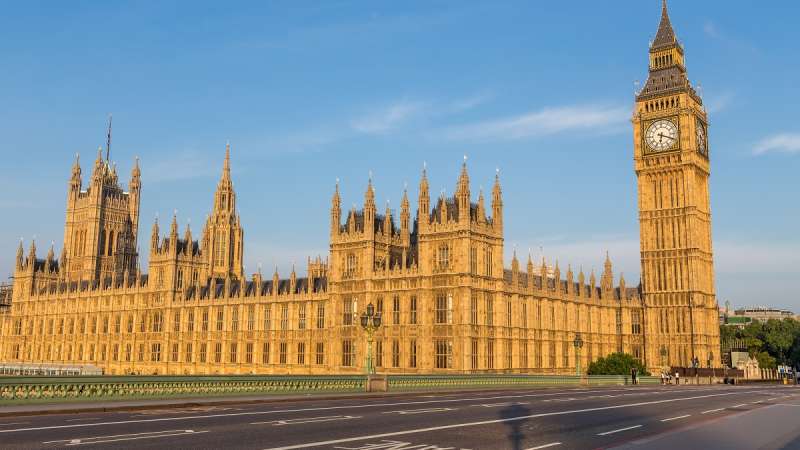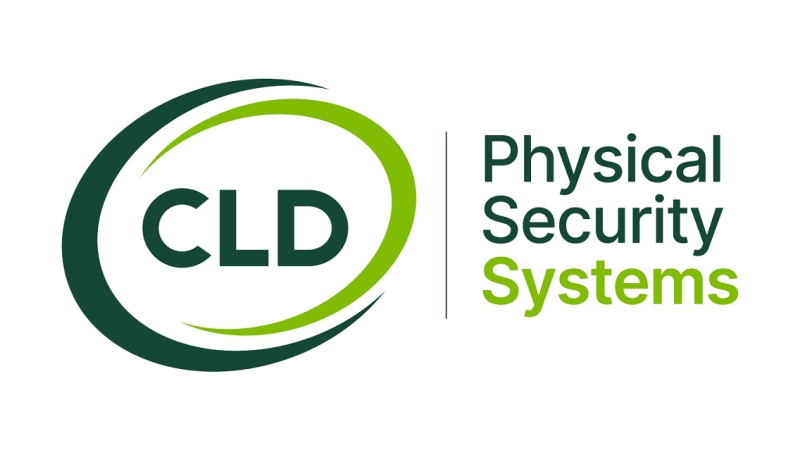
Key Employment Law Takeaways from the King’s Speech
On 17 July 2024, the King’s Speech was delivered. This set out the new Labour government’s priorities for the months ahead, solidifying some groundbreaking proposals for employment law reforms. Our Employment Lawyers provide an update on what we...
Read BlogFind what you're looking for here
Filter by content type, specialist area or date here...

Do I Need To Make A Foreign Will For My Holiday Home Abroad?
If you are domiciled (see below for further details) in England, you can make a Will that deals with your worldwide assets. However, suppose you own a property abroad, such as a holiday home. In that case, there are potential benefits to making a...
Read Blog
Government Plans for Science, Innovation and Technology
While the first King's Speech of the new Labour Government may not have announced the 'AI Bill', which had been the subject of some advance media speculation, it nevertheless contained much interest in technology, science, data, the online space...
Read Blog
Manufacturing and Succession – Growth Shares
Many UK manufacturing businesses are family-owned enterprises, often having been owned and operated by the same family for multiple generations. When it comes to passing the business to the next generation or transferring it to a management team...
Read Blog
Key Employment Law Takeaways from the King’s Speech
On 17 July 2024, the King’s Speech was delivered. This set out the new Labour government’s priorities for the months ahead, solidifying some groundbreaking proposals for employment law reforms. Our Employment Lawyers provide an update on what we...
Read Blog
How Can I Provide For My Autistic Child After I Have Died?
If you are a parent/grandparent of someone with autism, it can be worrying to think about how you will be able to provide for them after you have gone. You want to ensure that someone you trust will take care of their needs in the future. By making...
Read Blog
The Hard Life of Trademarks: easyGroup Forces Band to Rename in UK Trademark Dispute
A British indie band formerly known as EasyLife has recently changed its name to Hard Life following a legal clash that started last year with easyGroup, the owner of the airline easyJet. Our Dispute Resolution Solicitors explore the important...
Read Blog
How Non-Matrimonial Wealth Is Treated By The Courts
You must disclose all your financial assets, income, and liabilities when divorcing. Many people ask whether they need to disclose any assets acquired before the marriage or whether they can keep these separate; our Family lawyers explain how the...
Read Blog
Cross-Border Estates: What To Do When An Individual Dies Whilst Living Abroad
When an individual dies, dealing with their estate can be difficult and overwhelming. Added complexities arise when the individual dies outside of England and Wales because different jurisdictions have different rules for dealing with estates. If...
Read Blog
Myerson Client CLD Systems Announces Acquisition of Cova Security Gates
CLD Systems, a leading supplier of physical security systems in the UK, recently announced its acquisition of Cova Security Gates (Cova), the world's first designer and manufacturer of the crash-rated trackless bi-folding gate. CLD is the UK's...
Read News
Life Sciences and Commercial Real Estate: A Growing Synergy
The life sciences sector has emerged as a significant driver of innovation and economic growth in recent years. With advancements in biotechnology, pharmaceuticals, medical devices and healthcare services, the life sciences industry is improving...
Read Blog
Guide To Buying A Company Through Share Purchase
Thinking about buying a business? Whether you're a seasoned entrepreneur or a first-time buyer, our Corporate Lawyers provide an overview of the key legal aspects of purchasing a company (through a share purchase) in this guide. This brief is...
Read Blog
How To Ensure Your Online Platform is P2B Compliant
E-commerce marketplaces, online platforms, and other online intermediaries have become increasingly popular options for many businesses looking to market their goods and services not just throughout the UK but on a global scale. The popularity of...
Read Blog